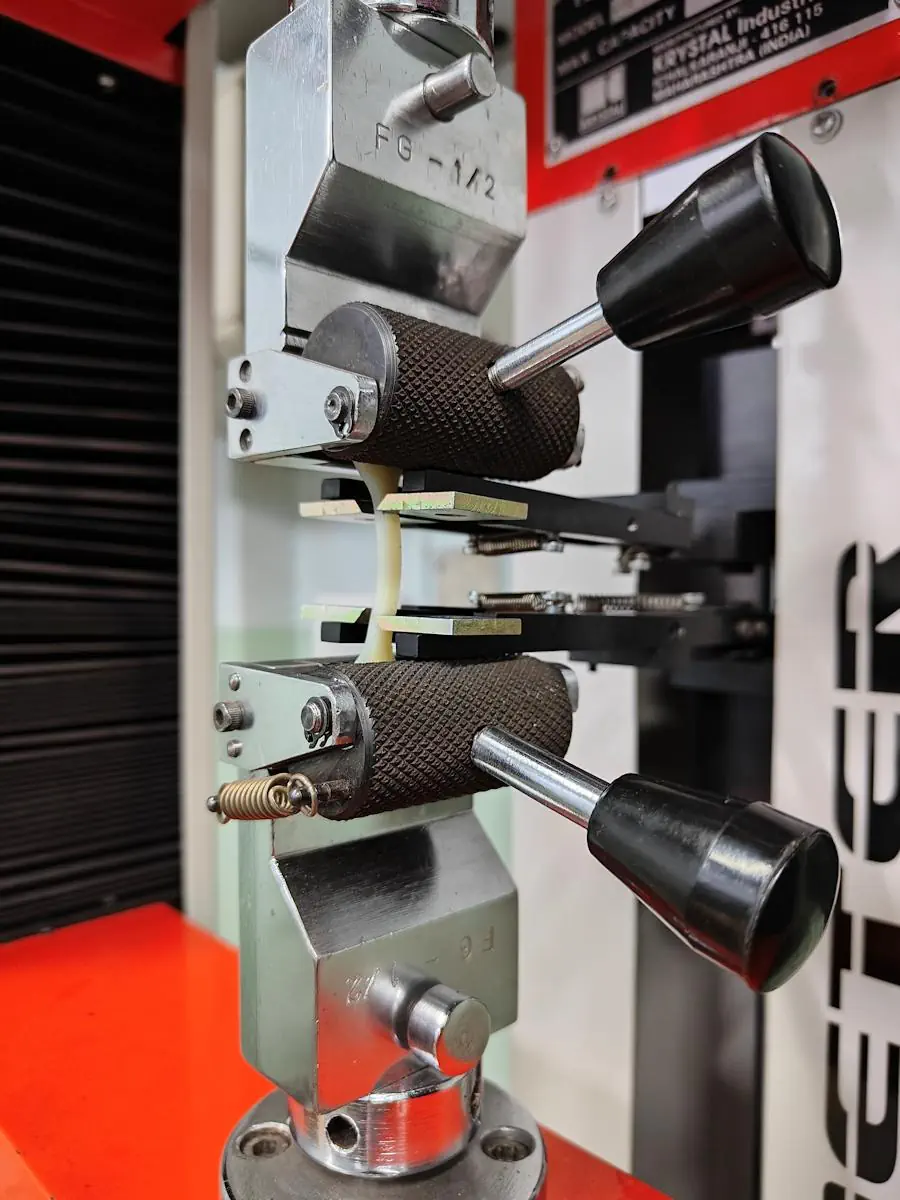
M.G.M. Rubber Company
Research Papers Released to Public Domain
Polymer moulded and polymer-metal bonded products have garnered significant attention in various industries due to their versatility,
durability, and resilience. Our published research papers delve into the forefront of advancements in this domain, presenting novel
methodologies, innovative materials, and enhanced manufacturing techniques that promise to revolutionize product performance and application
diversity.
One of our seminal works focuses on the development of advanced rubber formulations tailored for specific applications. Through meticulous
experimentation and analysis, we have identified key additives and modifiers that optimize the mechanical properties, thermal stability, and
chemical resistance of rubber compounds. By fine-tuning the composition at the molecular level, we have achieved superior performance
characteristics, resulting in enhanced durability and extended service life in demanding environments.
In parallel, our research endeavours have also explored the intricacies of polymer moulding and polymer-metal bonding, a critical aspect in the
fabrication of various engineering components such as vibration isolators, engine mounts, and vehicle suspension systems. Our studies have
elucidated the underlying mechanisms governing adhesion at the polymer-metal interface, shedding light on factors influencing bonding strength,
durability, and resistance to fatigue and environmental degradation. Leveraging this understanding, we have devised novel surface treatment
methods and adhesive formulations that facilitate robust bonding, ensuring optimal performance and reliability under challenging operating
conditions.
Furthermore, some of our research papers highlight the significance of computational modelling and simulation techniques in accelerating the
design and optimization of rubber and rubber moulded and rubber-metal bonded products. By harnessing the power of finite element analysis (FEA)
we can predict and optimize the behaviour of complex structures subjected to mechanical loading, thermal cycling, and environmental exposure.
This computational framework enables us to iteratively refine product designs, minimize material usage, and expedite the development cycle,
ultimately leading to cost-effective solutions with enhanced performance and durability.
Some of our research papers published below for public domain represent a culmination of rigorous experimentation, theoretical analysis, and
computational modelling, offering valuable insights and innovations that propel the field of rubber and rubber-metal bonded products forward.
By addressing fundamental challenges, exploring new frontiers, and pushing the boundaries of technology, we aim to foster continued
advancements that meet the evolving demands of industry and society, ushering in a new era of excellence and innovation in material science
and engineering.
Electron Beam Radiation
Advantages of using electron beam radiation technology for vulcanisation of thin rubber products
Advantages of HNBR
Advantages of using HNBR in Rubber Parts for Air Brake System of Locomotives
Protecting Coil Spring using Thin Thermoplastic Damper Pads
Advantages of Thin Thermoplastic Damper Pads over other methods to prevent early damage of Primary Helical Coil Spring
Replacing Metals with Polymer
Advantages of using special polymer for replacing metals in liners applications
Improving Life of Adapter Shear Pad
A novel approach to improve service life of adapter shear pad used in Railway freight wagons